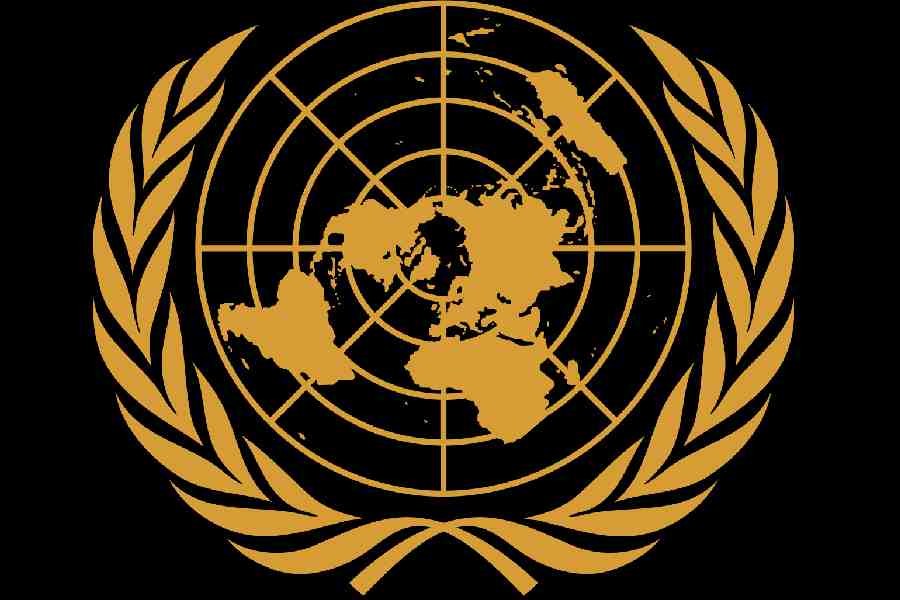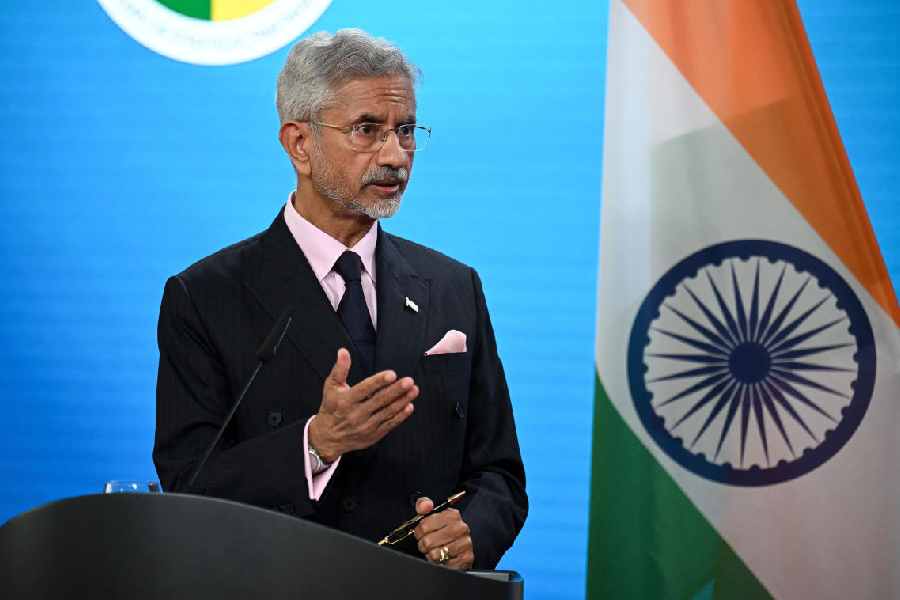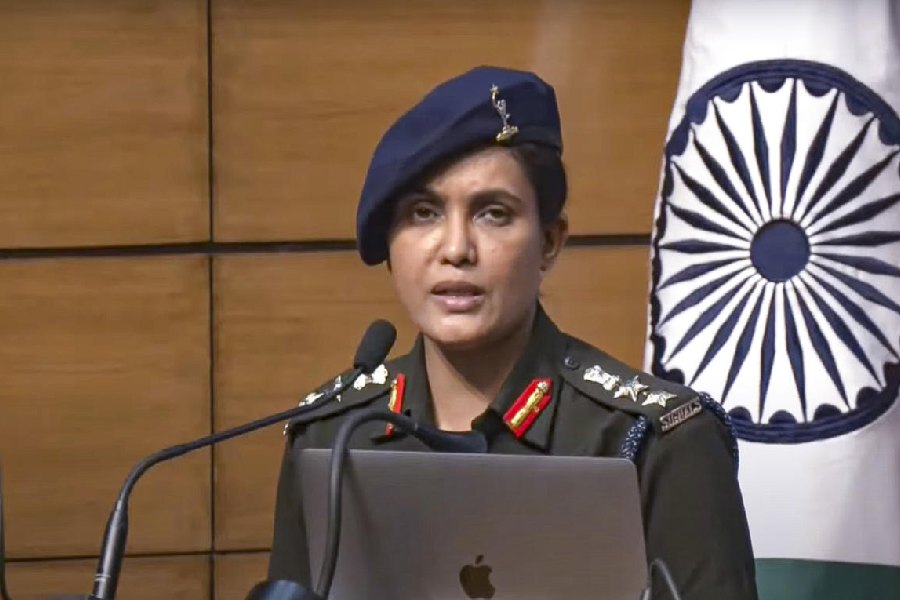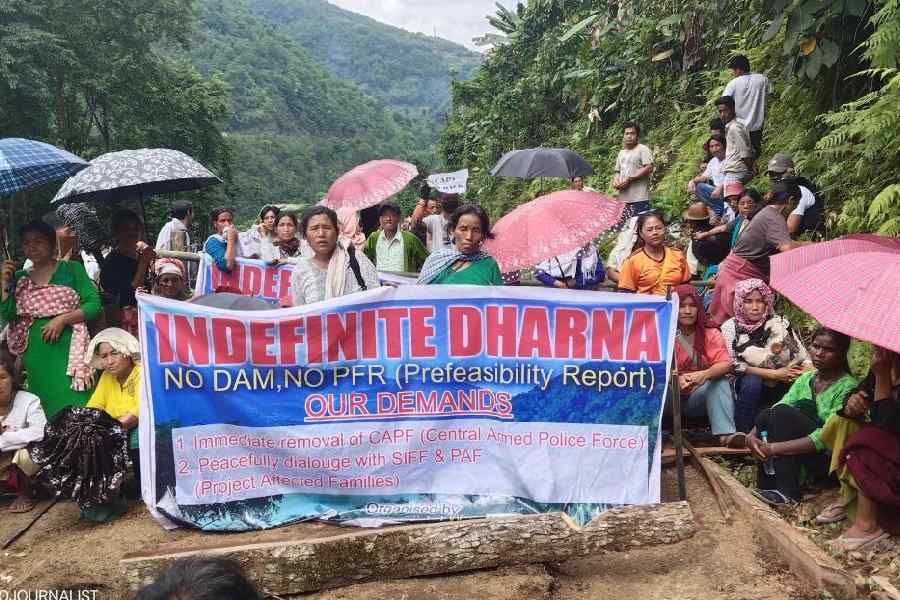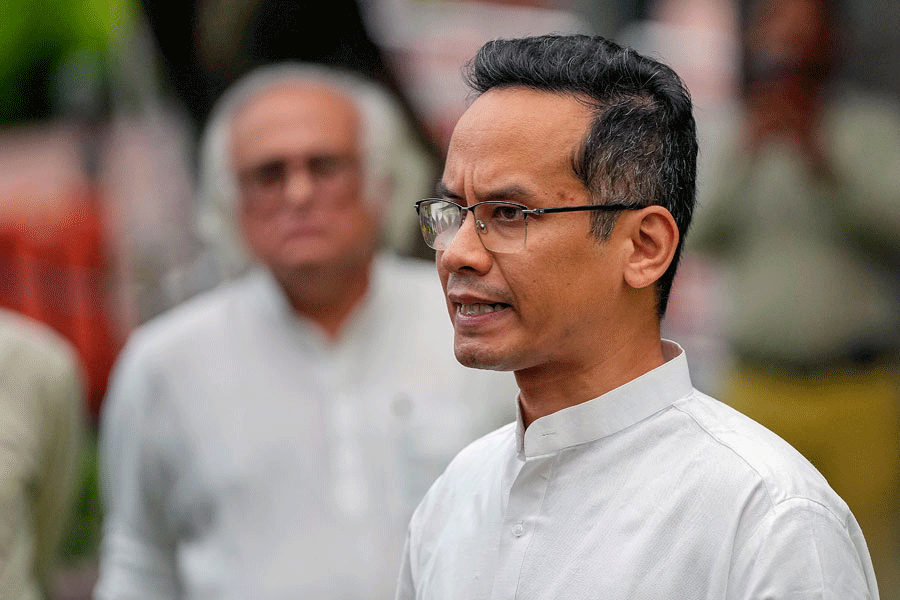 |
If you are planning to buy a medical insurance, check with your bank. It may be offering one that is more cost-effective and convenient than those sold by general insurance companies.
In association with one or the other general insurance company, banks are offering ?co-branded? health insurance schemes to their customers as value-added products. These plans can be extended to cover other family members.
In February, Bank of Baroda introduced BarodaHealth, a medical insurance scheme in association with the National Insurance Company. Over the past few years, Andhra Bank, another public sector bank, has been offering a similar scheme, called AB Arogyadaan, in collaboration with the United India Insurance Company. Indian Overseas Bank is also offering a mediclaim policy called Health Care Plus in association with the United India Insurance Company.
Bank customers can avail of the health cover by paying an annual single premium between Rs 450 and Rs 7,000 depending on the sum insured ? from Rs 25,000 to Rs 5,00,000.
BarodaHealth and AB Arogyadaan cover pre-existing diseases of a policyholder provided no claims are made during the first three years of the policy. Moreover, being a family floater policy, the insurance cover under BarodaHealth, Health Care Plus or AB Arogyadaan can be extended to include the spouse and two children (up to 25 years of age if non-working) without paying an additional premium. Married daughters are, however, not considered dependents. The maximum age limit of the primary policyholder (first applicant) should not be more than 65 years.
These plans cover hospitalisation, surgery and other medical expenses up to the sum insured for any one or all the insured members (this is a family floater plan). Even the ambulance charge up to Rs 1,000 is reimbursed under these plans. And if a policy is continued for three consecutive years without a claim, the cost of health check-up is reimbursed up to a per cent of the sum insured.
Aged parents (above 55 years) can also be included, but the premium would go up. For a policy covering the policyholder, the spouse, two children and parents, the annual premium is Rs 780 for Rs 25,000 insured and Rs 11,750 for Rs 5,00,000.
One can choose between a third-party administrator (TPA) arrangement and a non-TPA option. If the non-TPA option is chosen, one will have to pay hospital and medical bills first and then get it reimbursed by the insurance company and the claims are settled through the bank concerned. In case of a TPA arrangement, cash-less hospitalisation or treatment can be availed of at hospitals empanelled with the TPAs of the partner insurance company.
Moreover, the premium contribution towards these bank health insurance schemes are eligible for tax deduction up to Rs 10,000 under section 80D of the Income Tax Act.
Thanks to bancassurance, banking products are now being laced with insurance covers.
However, the cost efficiency of such a combo product is more attractive than its convenience.
Banks buy group insurance products at lower costs from the partner insurance company. Therefore, the ultimate premium cost to bank customers is small.


